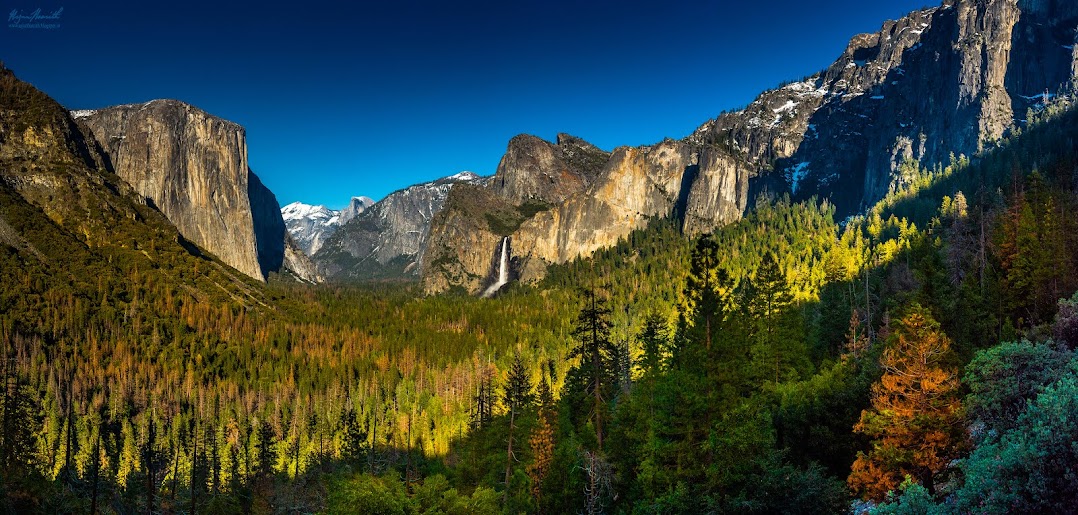(Suggested browsers : Mozilla Firefox or Google Chrome)
Rafting was in my wish list from a very long time. None of my plans to raft in Kali River, or Kaveri near Dubare, or Bhagirathi in Rishikesh etc.,had worked, But this time it was a great experience in Nepal. Myself and my sister were able to encounter the great rapids of the Trishuli river.
Rafting or white water rafting is a challenging recreational outdoor activity using an inflatable raft to navigate a river or other bodies of water. This is usually done on white water or different degrees of rough water, in order to thrill and excite the raft passengers. It is considered an extreme sport, as it can be dangerous.
Trishuli River originates from Gandaki river system and mixes with other rivers like Bheri River, Marsyangdi River and Seti River as it flows ahead. It is widely acknowledged for its most culturally stimulating and exciting river trips in the world.
All the rafting materials were arranged for drying, and this very sight gave a sense of thrill to me and my sister.


The water jumps, rolls, twists and turns as the raft flies,swings, and falls, thus giving a burst of joy and thrill along with the heart rates fluctuating , and making our levels of our bravery decrease, but it is a breath taking experience one has to feel. The adrenaline rush is experienced by everyone.
Along with our guide :
His name is Mr.Dol , a very experienced and a very friendly person. He has over 15 years of experience as a guide in the white river rafting field. Incidentally he too was a photographer, as he used to shoot the rafting photographs for different companies/tour operators.
Based on the toughness of the river, it is categorized into different grades.
Grade 1: Very small rough areas, might require slight maneuvering. (Skill Level: Very Basic)
Grade 2: Some rough water, maybe some rocks, might require some maneuvering. (Skill level: basic paddling skill)
Grade 3: Whitewater, small waves, maybe a small drop, but no considerable danger. May require significant maneuvering. (Skill level: experienced paddling skills)
Grade 4: Whitewater, medium waves, maybe rocks, maybe a considerable drop, sharp maneuvers may be needed. (Skill level: whitewater experience)
Grade 5: Whitewater, large waves, large volume, possibility of large rocks and hazards, possibility of a large drop, requires precise maneuvering. (Skill level: advanced whitewater experience)
Grade 6: Class 6 rapids are considered to be so dangerous that they are effectively unnavigable on a reliably safe basis. Rafters can expect to encounter substantial whitewater, huge waves, huge rocks and hazards, and/or substantial drops that will impart severe impacts beyond the structural capacities and impact ratings of almost all rafting equipment. Traversing a Class 6 rapid has a dramatically increased likelihood of ending in serious injury or death compared to lesser classes.


In the midst of the rafting journey, we encountered a huge rock (around 40ft ), so Dol said that any of us could dive from that rock. Everyone were scared, but I was willing to dive, even though i did not know diving. So I just jumped, and others followed me.
The valleys and the forests near the course of the river is amazing, and some views are breath taking.
(The neighboring villages are so lucky)
The team consists of 10 people. 9 + 1.
In our team there were: 6 people from Saudi Arabia, 1 from Germany , 2 from India (we both) and 1 guide from Nepal.
There are numerous rapids and the main rapids are named below.
- Twin Rocks
- Ladies Delight
- Monsoon
- Surprise
- Upset 1
- Upset 2
- Butterfly
- Landslide
- Bejuli
These rapids are really beautiful to encounter with, but are breath-taking ones when the raft goes near it. The names are kept according to the nature of the rapid.
All these rapids, are really rapid. But the most terrifying and horrifying is the Upset-1 rapid. It is so powerful that the whole raft turns upside down, and everybody drowns. But luckily in our raft none of them drowned.
How To Reach :
There are many tour operators from both Kathmandu and Pokhara. Infact any of the travel agency in both the cities, will book a trip for you.
This place is in between Kathmandu and Pokhara, somewhere near to Manakamna temple. It takes around 5 hours from Kathmandu or 5 hours from Pokhara, or 2 hours from Royal Chitwan National Park.
Our tour operator : Rainbow Tours and Travels , Thamel , Kathmandu
Contact person : Mr.Bharath Desai
Cost :
Rs.1100/- INR per person
This cost includes Transportation from and to Kathmandu/Pokhara, Rafting charges , guide charges , lunch.
But the cost does not include the breakfast. You have to eat on the way, where the bus stops near a restaurant.
Rafting time :
There are packages in this rafting trip
1. 1 day package :
Rafting Length : 25 kms
Time : almost 4 hours
2. 2 day package :
Rafting length : 60-80kms approx
Time : 2 days
Rapid Class: III to IV , in monsoons it'll be IV+
You can take the camera along with you. When there are huge rapids, cameras have to be placed in a box which is in the raft.
For comfortableness, wear shorts instead of jeans, and also do not wear shoes. Carry extra pair of clothes.
Thank you






























































